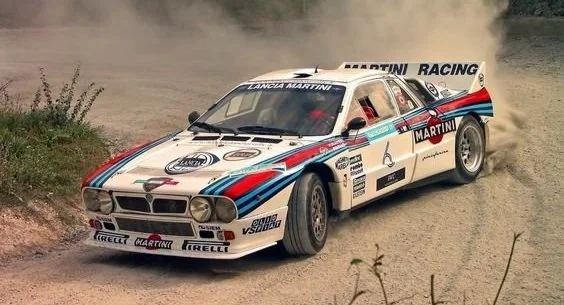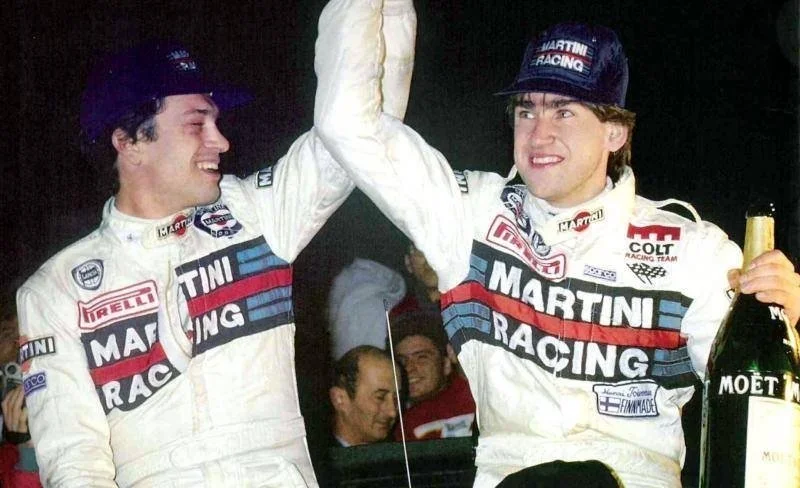The Rise and Fall of Group-B Rallying
Rally racing. I mean I’m sure we can all agree that it’s an insane discipline of motorsport and has given us some of the coolest cars ever made, right? Well, guess what; in the year 1982, the FIA decided they wanted to make an even more insane class with even more insane cars. It was called Group B.
First, let’s take a quick look back at the World Rally Championship. Up until the introduction of Group B, the WRC was pretty competitive in Group A with the drivers and teams looking to squeeze out as much performance as possible from production cars. But Group A had a boatload of restrictions. For one, the manufacturer had to produce 5000 road-legal units of the car that they wanted to enter the championship with, not to mention, the car also had to have four seats. The Group B rulebook, if we can even call it that, was a lot slimmer and therefore much simpler. For homologation requirements, the manufacturers only had to produce 200 cars and included a clause in the rules that allowed the manufacturers to make updates or ‘evolutions’ to the cars without having to make another 200 cars. The cars had to fit two seats, have a roof and there were limits on weight and tire width based on the size of the engine and that was it. Those were all the “rules” of Group B.
Rallying in the 80s!
(via Rallyzone)
As you can imagine, the manufacturers almost immediately saw room for improvement and the kind of automotive ingenuity that came out of this series was unlike anything the world had ever seen before. Let’s have a look at a couple of the monstrous vehicles that Group B gave us, and what better place to start than the Audi Sport Quattro S1. At the introduction of Group B, Audi entered their Sport Quattro from Group A with almost no changes and won the driver’s title. Soon enough they wisened up and made a “few little changes” to the Sport Quattro. The revised Sport Quattro S1 was pushing over 550 hp from a 2.1L 5 cylinder engine. Combine that with the fact that the car weighed just a smidge over 1000 kilos and you’ve got yourself a rocket ship.
Audi Sport Quattro S1 at full tilt!
(via Supercars.net)
You can’t talk about Group B without mentioning the name Lancia. Lancia have given us a couple of the all-time greats when it comes to rally cars, namely, the Rally 037 and the Delta S4. The 037 was their first entry in Group B racing and is the last rear wheel drive car to win in Group B. Weighing in at just 960kg, the 037 produced “only” 285 hp from its supercharged 1995cc 4 banger. Though it may seem down on power in comparison to the Audi we talked about earlier, the Lancia used double wishbone suspension with Bilstein shocks and a fiberglass and resin chassis to be one of the most nimble rally cars ever made.
The dancing Lancia Rally 037
(via Nostalgia Motorsport)
Now on to its successor, the Delta S4. The Delta is a hatchback and in its road-going guise is one of the most classically beautiful cars of its time, with boxy flared fenders and timeless proportions. In Group B race trim? The Delta S4 was pushing almost 490 hp from its twin-charged 1.8L inline 4. Some say it could push 1000hp on 5bar of boost… we’ll leave that there for you to believe or not.
Lancia Delta S4 - “Eat my dust”
(via DirtFish)
I think we can all agree that with almost no weight and seemingly endless reserves of power, these cars would have been an absolute handful to drive at the limit. Drivers would stretch their talents and look for the ragged edge between glory and calamity. Bjorn ‘Walle’ Waldegard, the winner of the first ever WRC was famously quoted saying “The cars were so quick, your brain could not react in time. It was just too much.” It was only a matter of time before something was to go so badly wrong in a way that the world would not be able to turn a blind eye. In 1986, on the Lagoa Azul stage of the Portuguese Rally, national champion Joaquim Santos lost control of his Ford RS200 while trying to avoid a small group of spectators and spun off into the crowd, injuring 31 people and claiming the lives of three more. All major teams immediately pulled out of the rally. This put Group B in a tough spot as this crash came about a year after driver Attilio Bettega lost his life behind the wheel of a Lancia 037.
Wreckage at ‘86 Portuguese Rally
(via DirtFish)
Henri Toivonen was an up and coming Finnish rally driver who was born into a family of motorsports, his dad having won the European Rally with Porsche and his brother going on to become a circuit racer. When most experienced drivers knew the dangers of wandering too close to the limits on these unpredictable cars, Henri was unafraid and was ready to push his car all the way in pursuit of victory. Henri and his co-driver Sergio Cresto were looking promising coming into the race at the Tour De Corse. Unfortunately, just seven kilometers in, their Delta S4 hurtled off the unbarricaded edge of a tight left turn and plunged down the steep hillside. The fuel tanks ruptured and the car was ablaze almost instantaneously on impact. Both Sergio and Henri lost their lives that day. This was the final blow and the FIA immediately banned Group B cars in 1987. There is an air of mystery around this accident and it is unclear how the accident occurred. The tire treads clearly showed that the car had gone straight off after hitting the apex and that Toivonen didn’t really make much of an effort to slow the car down. The scene of the accident, now called Toivonen’s corner is hallowed ground to all motorsport and racing fans, anyone who visits the area almost always makes the pilgrimage to Toivonen’s corner.
Henri Toivonen (1956-1986)
Sergio Cresto (1956-1986)
(via Rally Time)
The beauty of Group B was not in the races themselves, but rather in the determination and hard work of the drivers and the teams that pushed all known boundaries, day in and day out.







